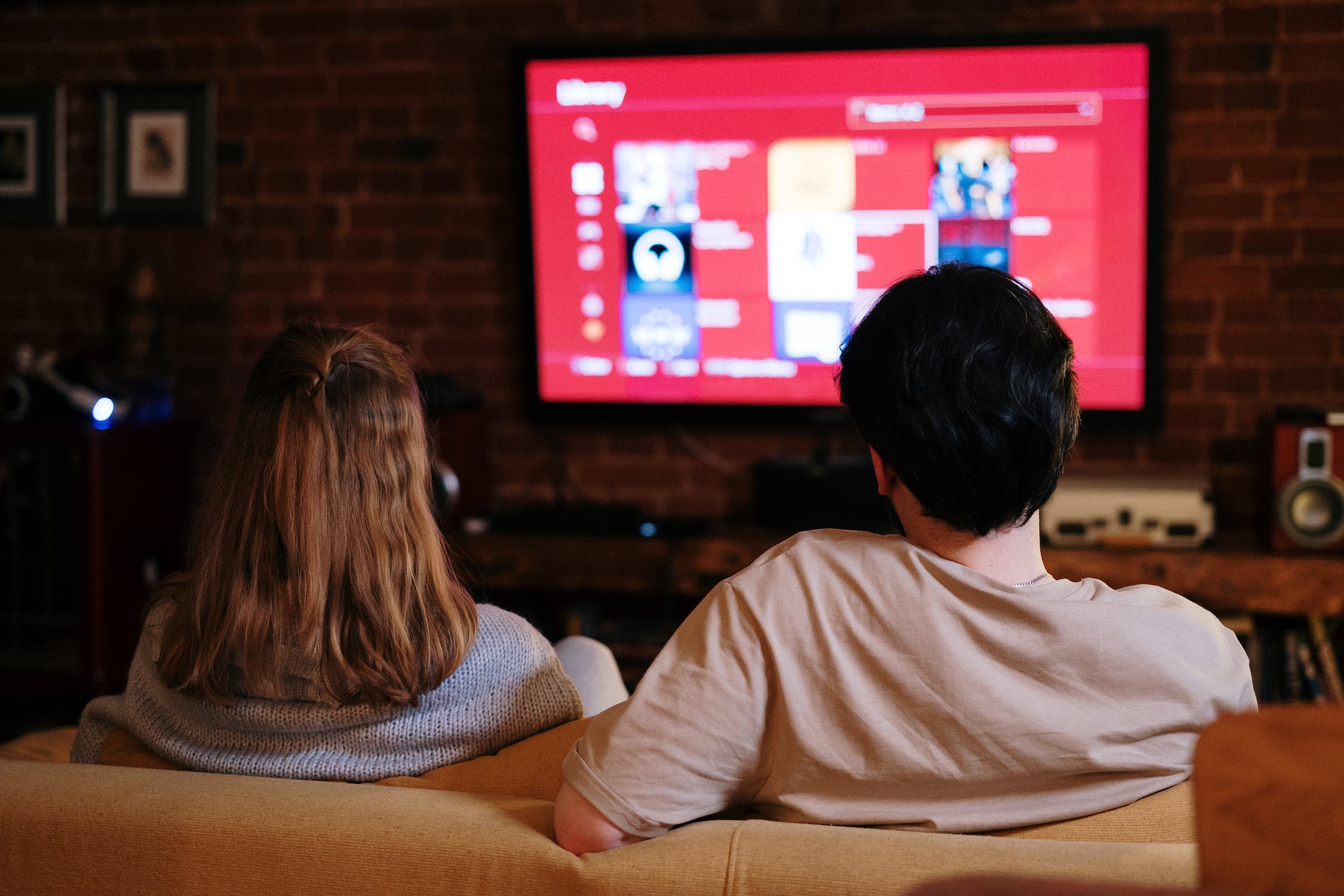Streaming gaining ground as primary content source for Smart TVs

Subscribe to NewscastStudio for the latest news, project case studies and product announcements in broadcast technology, creative design and engineering delivered to your inbox.
A new report by Vizio’s Inscape reveals a significant rise in the percentage of U.S. smart TVs that exclusively stream content, continuing the trend of increasing reliance on streaming services over traditional TV inputs.
According to the “Inscape Q1 2024 TV Market Trends” report, 58% of smart TVs only accessed streaming content in the first quarter of 2024, while 38% utilized both streaming and traditional methods like cable, satellite, or over-the-air (OTA) antennas.
The report, based on data from more than 23 million opted-in smart TVs, highlights a notable shift in viewing habits. Two years ago, the share of smart TVs used for streaming only and the share accessing both traditional and streaming content were equal at 46% each. The growing preference for streaming-only options indicates a continued decline in hybrid usage.
“With more smart TVs solely streaming content, about two-thirds of smart TVs are not accessing content via cable, satellite, or OTA at all,” the report stated.
Despite the rise in streaming-only usage, traditional TV inputs remain crucial for major live events. For instance, the NCAA March Madness basketball tournament saw 72% of viewers using traditional inputs for sports programming and 80% for news. For March Madness specifically, traditional TV accounted for nearly 73% of viewing time for the women’s competition and almost 69% for the men’s.
Overall, 43% of smart TVs accessed content via traditional inputs either exclusively or in combination with streaming during Q1 2024. The percentage of smart TVs using only traditional inputs remained steady at about 5%, indicating a core group of viewers still prefer cable, satellite, or OTA for their television needs.
Inscape’s report also noted that while a greater proportion of smart TVs were used exclusively for streaming, this did not lead to an increase in time spent viewing or the number of apps used. The average number of apps per smart TV held steady at 5.5, suggesting a limit to how many apps consumers are willing to use. Streaming’s share of time spent viewing for U.S. TV households dipped slightly from Q4 to Q1, settling at 57%, while cable and satellite captured 33% during the same period. Compared to Q1 2023, streaming’s share increased by four percentage points, while cable and satellite dropped by five points.
The trend towards streaming-only viewing does not entirely overshadow the role of traditional TV inputs. Traditional methods still dominate live linear TV viewing, capturing over 75% of total viewing time in Q1 2024. However, streaming is gradually increasing its share of live linear TV viewing on smart TVs, reaching nearly 25% in Q1, up from about 18% a year ago.
Inscape’s findings underscore the evolving landscape of TV viewership, with a clear movement towards streaming as the primary mode of content consumption, while traditional inputs maintain their stronghold for live events and certain types of programming.
Subscribe to NewscastStudio for the latest news, project case studies and product announcements in broadcast technology, creative design and engineering delivered to your inbox.




tags
Inscape, television, Vizio
categories
Featured, Market Research Reports & Industry Analysis, Streaming